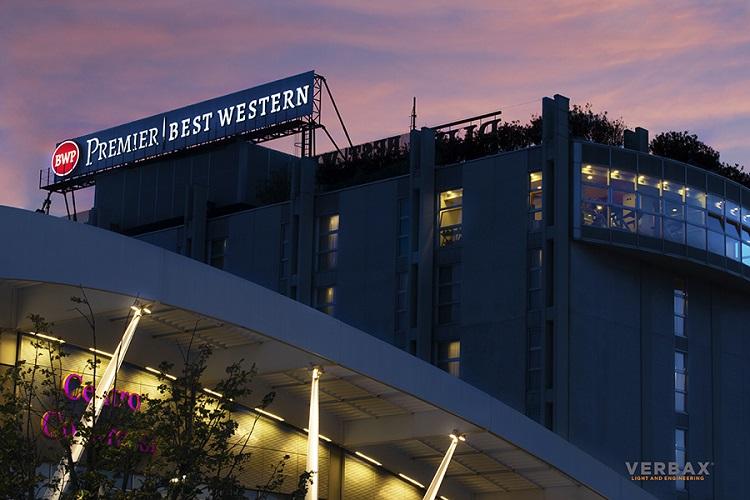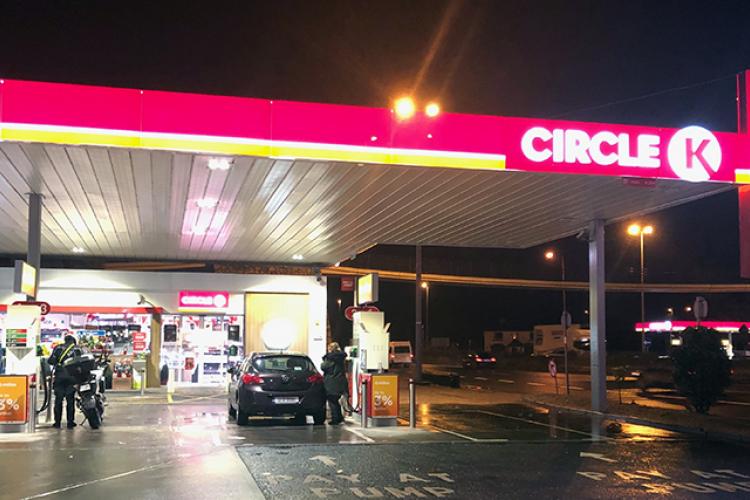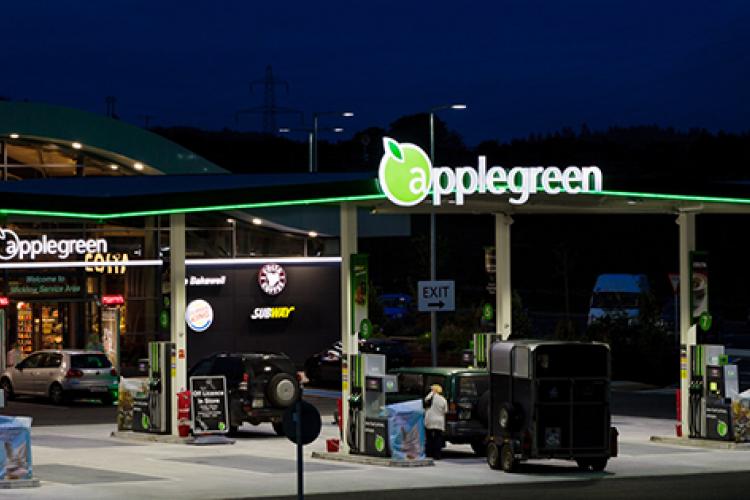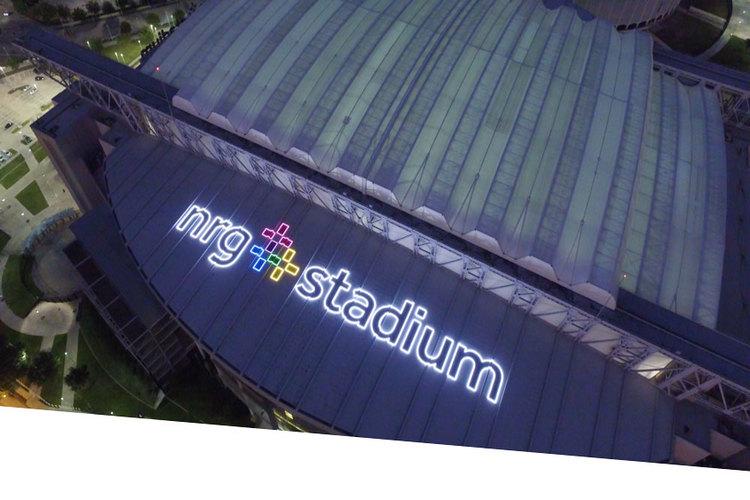Shining a Light on Sustainable Procurement
Shining a Light on Sustainable Procurement
Shining a Light on Sustainable Procurement
A longer version of this article was published on BusinessGreen. You can read the full version here.
Global warming is the biggest environmental challenge the world has ever faced. Caused by an increase in greenhouse gas emissions from industry and agriculture, global warming has brought about a rise in sea levels, changes in food production and more intense heatwaves.
Greater action is needed by everyone to reduce our impact on the environment. According to Carbon Brief, energy efficiency contributed to cutting demand in the UK by 103 terawatt hours (TWh) between 2005 and 2019 - an even greater impact than the switch to renewable sources of energy, which has reduced the demand on fossil fuel-generated energy by just 95 TWh.
By introducing a sustainable procurement strategy and setting sustainability targets, organizations can directly balance the business case for the environmental impact of climate change with the cost of investment in green options and how these can deliver value over the long-term.
Lighting the Way Towards a Sustainable Future
For sustainable procurement managers, lighting offers a fast and easy way to make significant progress towards their targets. Organizations switching from traditional solutions to LED technology will immediately see huge energy and cost savings as an LED bulb uses at least 75 percent less energy1 than traditional incandescent, fluorescent and halogen lighting. The long-term ROI is also undeniable, with LEDs offering longer lifespan, lower maintenance and running costs and greater opportunities for intelligent environmental management. The energy savings gained from switching to LEDs can often enable businesses to recoup their initial investment in just a few years.
By working closely with manufacturers like Current, procurement teams can ensure that their lighting is fully tailored to their needs, whilst ensuring that their sustainability targets are met.
Read the Signs
Take commercial signage as an example. Despite the associated energy costs and carbon footprint, companies can’t afford not to invest in illuminated signage. However, by working in consultation with a sign maker and Current lighting experts, companies can ensure that their signage is as sustainable as possible.
There are four basic considerations for sustainable signage procurement.
Design and Performance:
Basic considerations will include the size of the sign that needs to be illuminated and the number of signs to be produced. Current’s lighting experts work closely with sign makers to use effective product design to maximize the illumination delivered by a minimum number of LED modules to generate a lower bill of materials (BoM).
Quality:
Even when budgets are tight, businesses should consider the total lifetime cost compared with the quality of that product. Current’s LED modules are durable and impermeable to moisture and atmospheric pollutants meaning that they don’t degrade or need to be replaced as regularly as older lighting solutions. Extra attention has also been paid to the drivers, ensuring that there are fewer points of potential failure in the power supply, which is the most common cause of failure, materials wastage (and associated carbon footprint) and additional cost after installation issues.
Lifespan:
At the end of a sign’s life, lighting modules will need to be refurbished or thrown away. The fewer products that are thrown into landfill, and the longer that this can be delayed, the better green rating a company can achieve.
The Next Generation of Intelligent Lighting Solutions
With many businesses having already reduced their costs by 30 to 40 percent through switching to LEDs and following sustainable procurement best practice, many are now asking, “what next?” Adding a layer of intelligence allows building managers to take a far more proactive approach to environmental control and shave more savings from their energy bills. Current’s lighting fixtures can integrate the company’s Daintree wireless system, providing insights into how different areas of a space are used that can potentially save businesses an additional 20 to 30 percent in energy costs. Technology innovations of this kind can make a huge difference in the fight against global warming, enabling businesses to access smarter, more efficient systems that can help to minimize our impact on the planet.
To learn more about how Current can help you achieve sustainability goals, contact us today.






